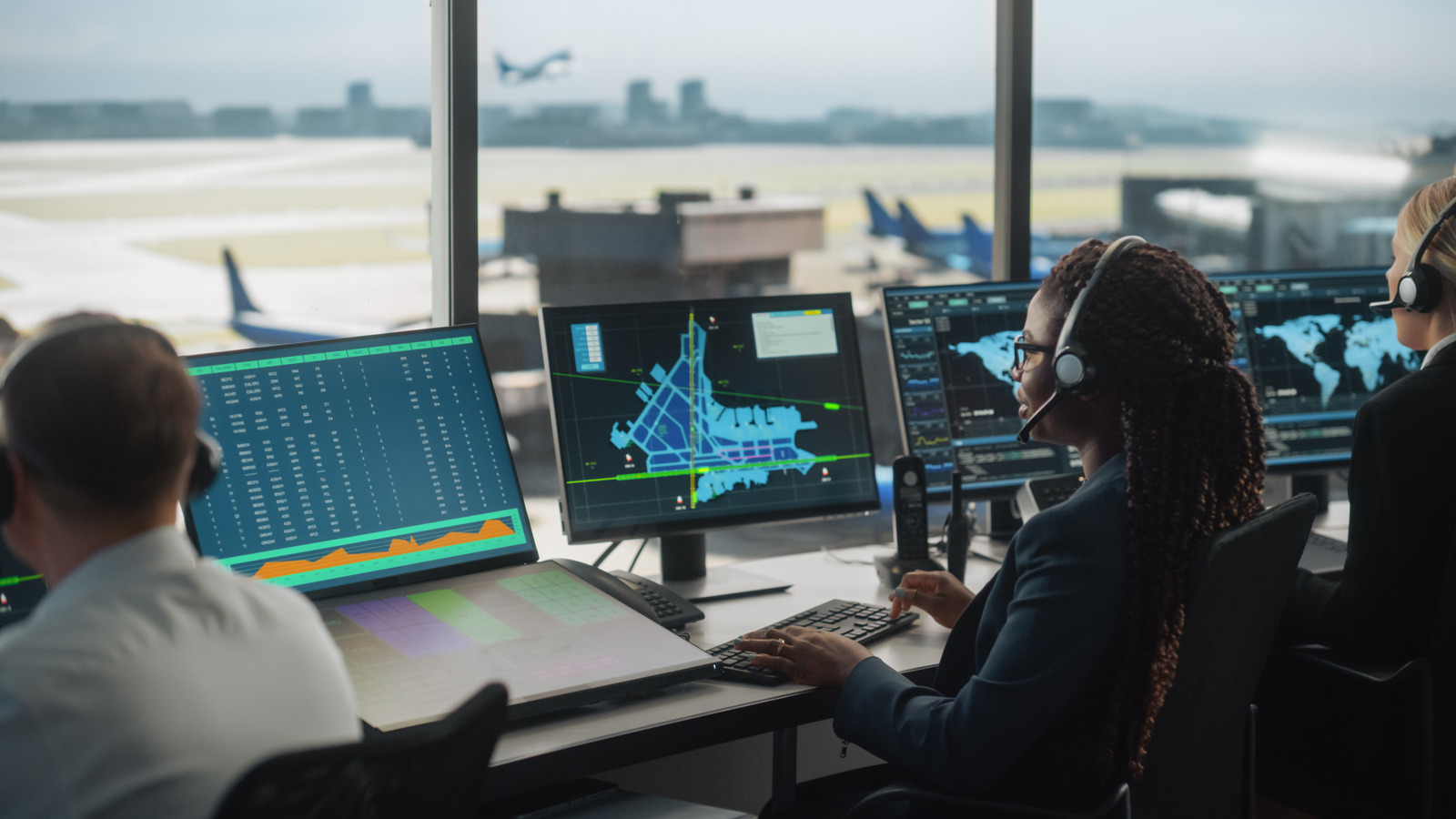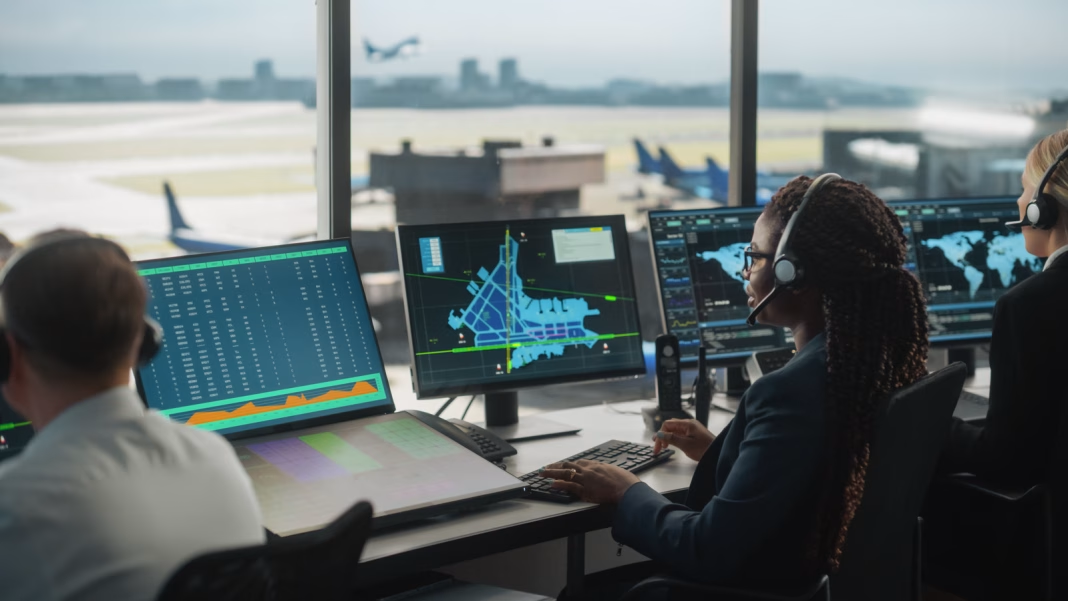Air traffic controllers are the unsung heroes of the aviation world, working tirelessly to ensure that millions of flights operate safely and efficiently every year. Yet, behind the scenes, these dedicated professionals are facing increasingly challenging work conditions that could easily lead to chaos in our skies. So, what exactly is going on, and why should we care?
The Strain of Growing Demands
As air travel continues to rebound post-pandemic, the demand for air traffic control services has surged. This uptick means controllers are managing more flights than ever, often with fewer resources. Imagine juggling multiple balls in the air while someone keeps adding more to the mix. That’s the reality for many controllers today. They’re not just directing planes; they’re also navigating a complex web of regulations, technology, and human factors that can complicate their jobs.
In a recent report, it was highlighted that air traffic controllers are working longer hours and facing higher levels of stress. The National Air Traffic Controllers Association (NATCA) has voiced concerns about staffing shortages and the impact they have on safety. With fewer controllers on duty, the pressure mounts, and the risk of errors increases. It’s a precarious balance, and the stakes couldn’t be higher.
The Impact of Technology
While technology has undoubtedly improved air traffic management, it hasn’t come without its own set of challenges. Advanced systems can streamline operations, but they also require controllers to adapt quickly to new tools and processes. This constant evolution can be overwhelming, especially when combined with the already high demands of the job.
Moreover, reliance on technology can sometimes lead to complacency. Controllers must remain vigilant, ensuring that they don’t become overly dependent on automated systems. The human element—experience, intuition, and quick decision-making—remains irreplaceable in this field.
Real-World Consequences
The consequences of these pressures can be significant. There have been instances where miscommunication or delayed responses have led to near misses in the air. Just last year, a series of incidents raised alarms about the potential for catastrophic outcomes if conditions don’t improve. The FAA has acknowledged these concerns, but solutions have been slow to materialize.
Take, for example, a recent incident where two planes were on a collision course due to a miscommunication between controllers and pilots. Thankfully, a vigilant controller caught the error just in time, averting disaster. But how many more close calls are happening that we don’t hear about?
The Human Factor
What keeps air traffic controllers from throwing in the towel? It’s their dedication and professionalism. Many controllers enter the field driven by a passion for aviation and a commitment to safety. They take immense pride in their work, often going above and beyond to ensure that flights arrive safely at their destinations.
However, this dedication comes at a cost. Burnout is a real concern, with many controllers reporting feelings of stress and fatigue. The mental toll of the job is significant, and without adequate support systems in place, it’s a recipe for disaster.
Looking Ahead
So, what can be done to alleviate these pressures? First and foremost, increasing staffing levels is crucial. More controllers mean a more manageable workload, which can lead to improved safety and efficiency. Additionally, investing in training and support programs can help controllers adapt to new technologies while maintaining their critical skills.
Moreover, fostering a culture of open communication within the industry can lead to better practices and shared solutions. Controllers should feel empowered to voice their concerns and suggest improvements without fear of repercussions.
The big takeaway? The future of air traffic control isn’t just about technology or regulations; it’s about supporting the people who keep our skies safe. By prioritizing their well-being, we can ensure that air travel remains one of the safest modes of transportation. Start advocating for better working conditions and support systems today, and you’ll likely see positive changes ripple through the industry in no time.


